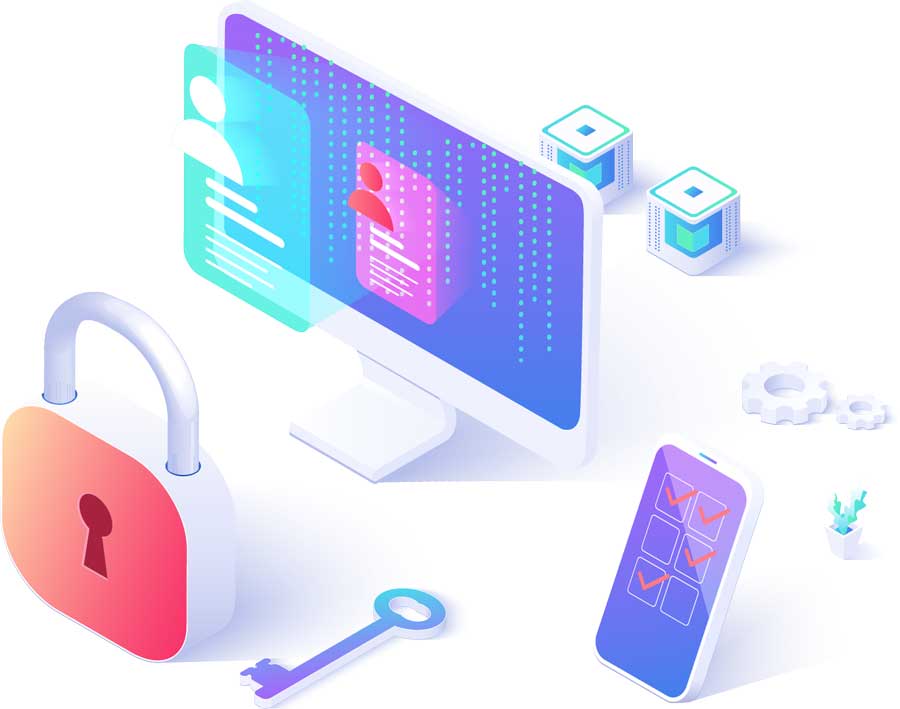Invoice reconciliation in procurement is the process of verifying and matching invoices received from suppliers with corresponding purchase orders (POs), delivery receipts, and contract terms to ensure accuracy before payment. It involves identifying and resolving discrepancies to confirm that the invoiced amounts, quantities, and terms align with what was ordered and delivered. This process is essential for maintaining financial accuracy, preventing overpayments, and ensuring compliance with procurement policies.
Invoice reconciliation acts as a safeguard against errors, fraud, and inefficiencies in the procurement process. By thoroughly reviewing invoices, businesses can:
Prevent Overpayments: Catch discrepancies like incorrect pricing or quantities.
Ensure Compliance: Verify that invoices adhere to contracts and procurement guidelines.
Maintain Supplier Relationships: Avoid disputes and delays by addressing issues promptly.
Improve Financial Accuracy: Ensure accounts reflect true costs for budgeting and reporting.
Invoice reconciliation in procurement typically follows these steps:
Invoice Collection: Gather invoices from suppliers, received electronically (e.g., via email or procurement software) or as paper documents.
Data Extraction: Capture key invoice details, such as invoice number, date, supplier name, line items, and total amount. Automated tools like optical character recognition (OCR) can streamline this for digital invoices.
Three-Way Matching: Compare the invoice against:
Purchase Order (PO): Confirm that invoiced items, quantities, and prices match the PO.
Delivery Receipt: Verify that goods or services were received as invoiced.
Contract Terms: Ensure pricing, discounts, and payment terms align with the agreement.
Discrepancy Identification: Flag any mismatches, such as incorrect quantities, pricing errors, or unapproved charges.
Resolution: Work with the supplier or internal teams to resolve discrepancies, which may involve revising the invoice or adjusting records.
Approval and Payment: Once reconciled, the invoice is approved and forwarded to accounts payable for payment processing.
Record-Keeping: Store reconciled invoices and related documents in a financial or procurement system for auditing and future reference.
Manual Reconciliation: Involves reviewing invoices, POs, and receipts by hand or using spreadsheets. This is time-consuming, error-prone, and impractical for high invoice volumes.
Automated Reconciliation: Procurement software like Lasso automates three-way matching, flags discrepancies, and tracks resolution. Automation saves time, reduces errors, and provides real-time insights into reconciliation status.
Data Inconsistencies: Mismatched formats or errors in POs, receipts, or invoices can complicate matching.
High Volume: Large numbers of invoices can overwhelm manual processes, leading to delays.
Supplier Errors: Incorrect or incomplete invoices require additional communication to resolve.
Fraud Risks: Without rigorous checks, fraudulent or duplicate invoices may go unnoticed.
Cost Savings: Identifying errors prevents overpayments and ensures accurate spending.
Enhanced Compliance: Reconciliation ensures adherence to contracts and regulatory requirements.
Streamlined Operations: Automation reduces manual effort, allowing procurement teams to focus on strategic tasks.
Better Supplier Relationships: Timely resolution of discrepancies fosters trust and collaboration with vendors.
Leverage Automation: Use procurement software to automate matching and discrepancy detection.
Standardize Data: Ensure consistent formats for POs, receipts, and invoices to simplify reconciliation.
Set Clear Policies: Define thresholds for acceptable discrepancies and escalation procedures.
Communicate with Suppliers: Encourage accurate invoicing and provide clear channels for resolving issues.
Audit Regularly: Periodically review reconciliation processes to identify inefficiencies or gaps.
Invoice reconciliation in procurement is a critical step in ensuring financial accuracy and operational efficiency. By verifying that invoices align with purchase orders, deliveries, and contracts, businesses can avoid costly errors, maintain compliance, and build stronger supplier relationships. Whether through manual processes or advanced automation, effective reconciliation is key to optimizing procurement and safeguarding the bottom line.
support@lassoprocurement.com
© 2025 Lasso Supply Chain Software LLC
This website uses cookies to ensure you get the best experience on our website.
